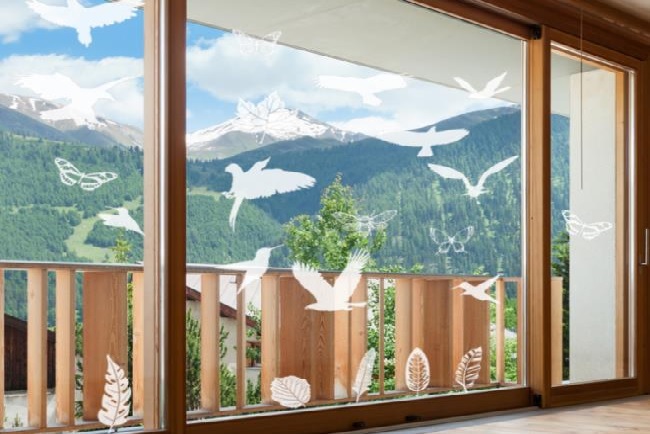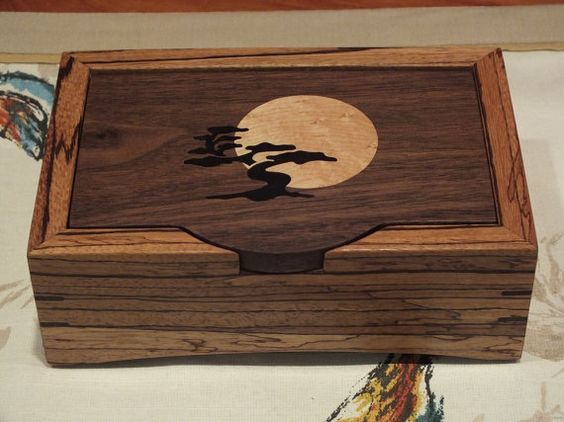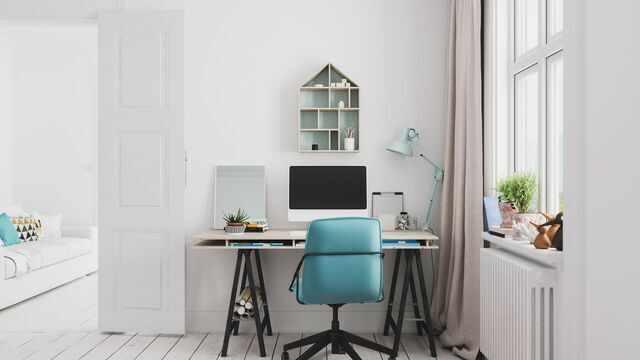What Should You Incorporate Bird-Friendly Glasses in Your Building?
Millions of birds collide with glass windows, doors, and facades every year, with many of them dying as a result. The number of birds affected by this problem is likely to rise in the future years as glass becomes a more common component of external building construction.
Architects are searching for glass solutions that are safer and assist to decrease the danger of bird collisions while still delivering the aesthetic and performance qualities that their buildings require as building standards are becoming more strict across today’s globe. Then, in this situation, the bird-friendly glass comes into play. These are the factors that may influence the birds to utilize this product when a Bird Hitting Window.
Birds can crash into the glass for many reasons.
The transparency and reflection of glass are the two most prevalent causes for birds colliding with it.
Observation
Birds can’t tell the difference between a reflection and the actual thing. When it’s light outside and dark inside, even low-reflective glass might function as a mirror. The reflections, when combined with particular façade designs, can create zones that are visually perplexing to birds.
Transmission of information
Birds do not view the glass as a barrier and attempt to fly through it when there is a straight line of sight from one window to another (e.g. walkways, corners, bus stops, or transparent wind/sound barriers), ending in a crash.
Birds may be attracted to indoor plants.
The design of a structure, as well as its placement, can have a major impact on the likelihood of collision and the effectiveness of an accident. The architecture of the structure, its location, and the environment all impact the danger of a collision (especially the projected height of the tree as it begins to grow).
Luminescence
Birds guide their migrations using the night sky and ambient light levels. This results in nocturnal collisions because light within buildings attracts birds, especially those with potential bird habitats. Artificial lights, especially those that move upward, can attract and trap birds, tiring and killing them.
What are the benefits of using a bird-friendly glass of high quality?
Architects now have a variety of bird-friendly glass alternatives to select from, varying in quality and price.
The most effective design options, according to field research and tunnel testing, follow the 2” by 4” standard. The horizontal axis markers must be no more than two inches apart, and the vertical axis markers must be no more than four inches away. These proportions are shorter and narrower than the wingspans of most flying birds from top to bottom. Birds see the patterns as tightly spaced barriers even if they don’t see the glass. As a result, birds are less likely to attempt to fly through the window.
The most effective markings, according to extensive research, are put on the exterior surface of any building’s external section.
Because it is the only one that is constantly visible, regardless of lighting conditions, this surface is crucial.
Depending on the lighting, glass might look clear, shiny, or incredibly black. As a result, in certain lighting circumstances, marks left on interior surfaces are less apparent, rendering them invisible to birds. Many bird-friendly solutions, however, fall into this category. Acid-etched glass, on the other hand, does not suffer from this problem.
Unlike ceramic frit markers, acid etching leaves a permanent imprint on the glass surface with no additional layers that fade or wear away over time.
Acid-etched markers will not degrade or lose their effect when exposed to the environment because they are embedded in the glass. Glass sheets are acid etched in the production process. A considerable percentage of the glass sheet may be wasted if window design planning is not done properly. The aim is to get as many useable slices out of each sheet as possible. Architects may stay on budget while minimizing bird crashes by following these design guidelines. Then, for even more efficiency, use a multi-directional design for y.
Mornglass.com is a destination for bird-friendly glazing. We’ll assist you in choosing the correct glass for your needs and double-check the whole installation procedure with a team of trained specialists. If you want assistance, you may contact us at any time.







